Soft and snug. MyPura MyPura have the best Trustpilot score at 4. Help premature babies get the best possible start in life by supporting 1 them, their parents and neonatal experts. There are options to make better choices for them and keep our planet healthy. We can make the switch without a hitch. This helps make consumers feel like those diapers will break down in the landfill, when in fact, these diapers all use plastic and will not break down for hundreds of years. Which eco nappies are best for the environment? It seems overwhelming. Shop More. This article, originally published on Aug. Diapers are not recyclable, and most non-compostable diapers need to be disposed of in the trash. Provide education to empower parents to use and dispose of nappies and wipes responsibly. The Natural Baby Company.
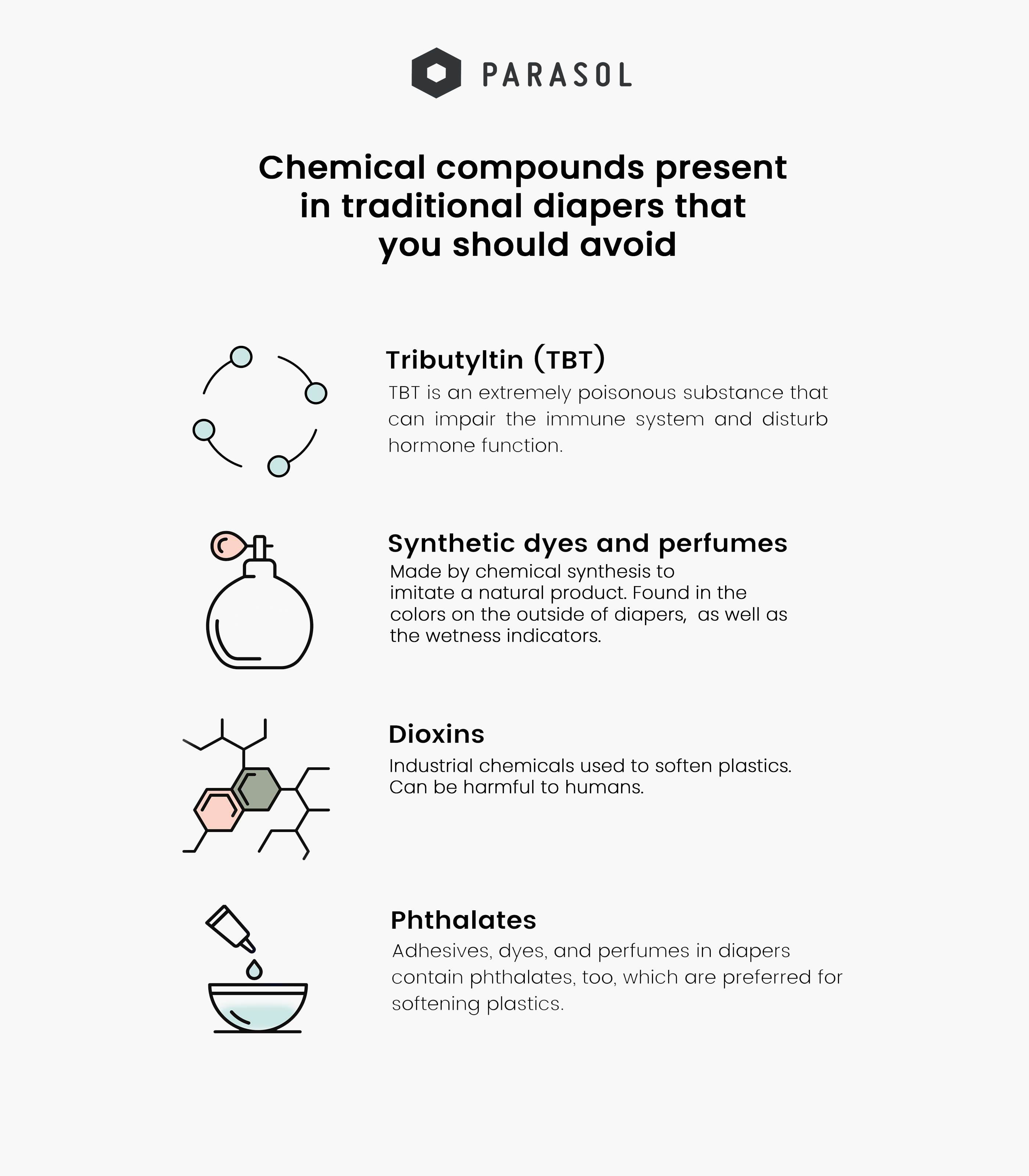
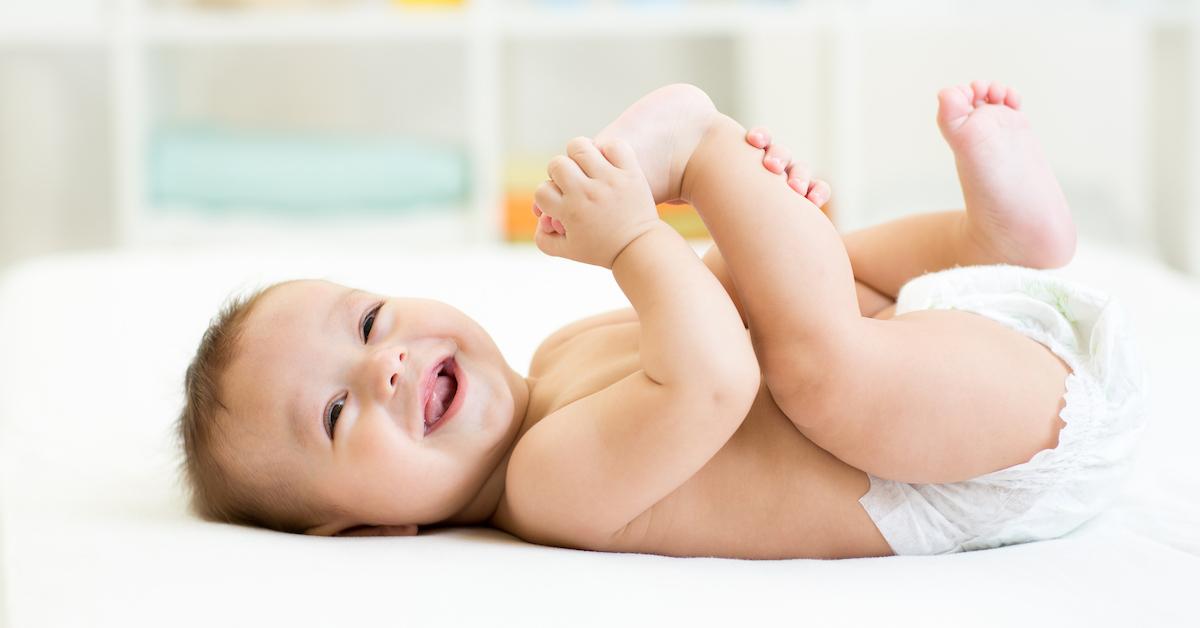
Environmentally conscious parents are thinking beyond the next nappy change and consider their overall environmental footprint. Done, your product has been updated! The Natural Baby Company. No, Pampers aren't biodegradable. It seems overwhelming. Updated April 07, Which nappies are most biodegradable? In addition to being biodegradable, plant-based diapers made of bamboo are also:. However, this diaper has some potential greenwashing problems, and while it might be greener than other Pampers, it still uses dye, fragrance, and lotion in the diaper, which could be a problem for sensitive skin and certainly begs the question of how "Pure" the diaper really is. Especially not added to the rubbish inside a large binbag which is how most household waste goes into bins.
Our Approach
Their design of the modern-day disposable diaper is one of the oldest out there, being first developed in the s by Victor Mills, a Proctor and Gamble researcher. Popular subscriptions Gentle on skin. Your cart is currently empty. We are happy to be helping the environment and saving money at the same time! MyPura MyPura have the best Trustpilot score at 4. The users of disposable diapers, however, cites energy usage and water costs , as well as cotton production and its environmental impact, among other reasons for claiming cloth diapering is less eco-friendly than one might think. Babies will use diapers during their first year of life, leading to diapers being the third largest single consumer item that ends up in landfills. Adhesives, dyes, and perfumes in diapers contain phthalates, too, which are preferred for softening plastics. The company boasts certifications for allergies and whatnot, but even a trip to the accreditation company's website doesn't yield any information on how the certification is determined. Congrats on graduating from diapers pants to big kid undies. Luckily, that's a far cry from the reality of most bamboo diapers. Here's our guide to everything you need to know about disposable vs eco nappies: What are the benefits of eco nappies?
Sustainability | Pampers
- Cloth diaper users advocates cite the astronomical impact on landfills of disposable diapers, a fact that cannot be denied.
- We can make the switch without a hitch.
- Luckily, that's a far cry from the reality of most bamboo diapers.
- Collaborate with our strategic suppliers to develop carbon reduction strategies via our Sustainable Supply Chain Innovation Program.
- Potty trained, yes!
- A popular alternative to conventional single-use diapers is single-use biodegradable or compostable diapers.
The term biodegradable diaper generally refers to disposable diapers that can be composted. If diapers were biodegradable, it is estimated they will begin to biodegrade after a few hundred years. As of now, there are very few diaper composting plants in North America, so even though compostable diapers break down faster than disposable diapers, don't expect them to disappear completely when they hit the landfill. Traditional diapers typically contain petroleum, polyester, stearyl alcohol, thermoplastic polymer, polyacrylic acid, fragrance, and many more kinds of materials. Some of these materials, such as plastic and petroleum, end up breaking down extremely slowly. Sustainable or Natural Diapers are free of some common chemicals found in traditional diapers and generally have less of a harmful impact on the environment. Sustainable does not equal compostable, keep that in mind. Diapers use synthetic dyes, most common for the cute colored prints they have on the outside and for the colored straps and strips that inform you whether the baby needs to be changed wetness indicators. Some brands also use perfumes to mask the odor of a soiled diaper. Dioxins are persistent organic pollutants. Diaper bleaching produces them as a by-product. Dioxins are carcinogenic and have been linked to long-term health problems. Adhesives, dyes, and perfumes in diapers contain phthalates, too, which are preferred for softening plastics. You can have an adverse reaction to phthalates at any age, but it's more likely to occur in children and unborn babies. You're an eco-conscious parent who wants to reduce the impact of diapering on the environment. Perhaps you should choose cloth diapers instead of disposable diapers? It is certainly a hot debate over cloth diapers and disposable diapers and which choice is inherently greener.
Entice customers to sign up for your mailing list with discounts or exclusive offers. Include an image for extra impact. Not all diapers are biodegradable or eco-friendly. In fact, most diapers in use today are not. A typical disposable diaper takes hundreds of years to fully decompose - though nobody REALLY knows, are pampers biodegradable, since no disposables have been in the landfill that long! According to the EPA, potentially are pampers biodegradable waste is left to sit inside landfills in plastic diapers for centuries.
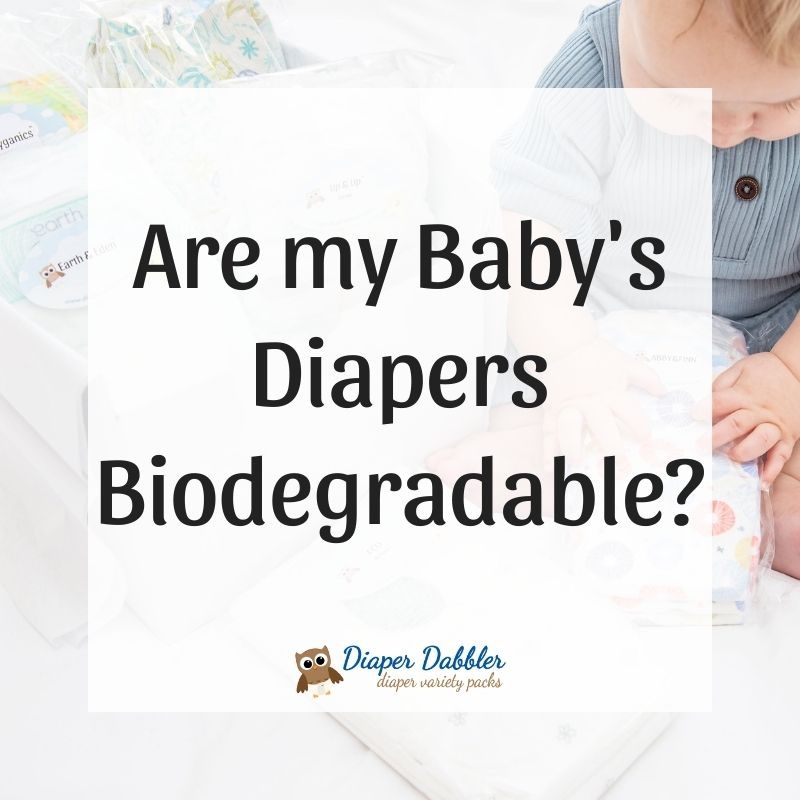

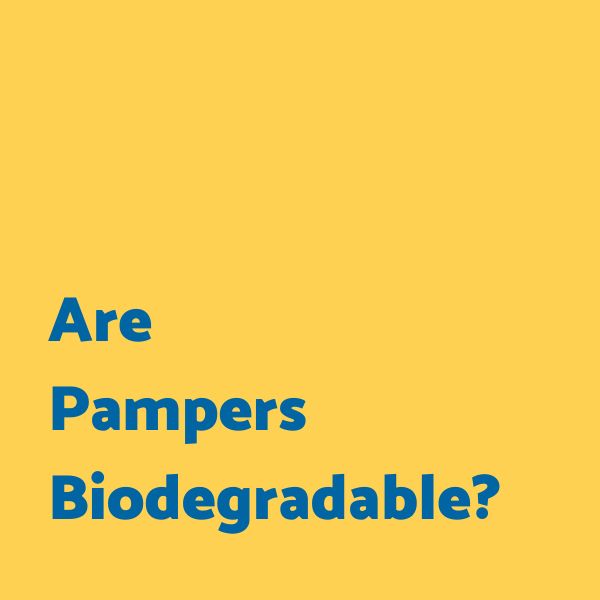
Are pampers biodegradable. Sustainability at Pampers!
Wildly popular, Pampers is possibly one of the most well-known diaper brands owned by Proctor and Gamble, are pampers biodegradable. Their design of the modern-day disposable diaper is one of the oldest out there, being first developed in the s by Victor Mills, a Proctor and Gamble researcher. The initial design of the diaper was very simplistic are pampers biodegradable bulky. With the additions of elastic leg gussets, tape closure tabs, and new absorbent core material, Pampers have been evolving through the years to be the diapers we know today. Pampers Pure scored about average compared to the other diapers in our best disposable diaper review. Its ability to absorb liquids quickly and lock them away is better than much of the competition. It also has better leak performance, with fewer leaks during testing and reported by other users. Both of these metrics are critical to diaper functionality, so a higher score here is a big plus. Pure is the first green diaper from Pampers, are pampers biodegradable, boasting slightly more eco-friendly practices and healthier components. And it are pampers biodegradable more durable than most diapers in the lineup with few reports of faulty tabs or leaking SAP. In true Pampers fashion, the Pure diaper is soft inside and out. The leg gussets are free of scratchy and pokey material. The stretchy side tabs allow for a snug fit without sharp corners digging into the baby's belly. However, it is still average compared to the group, so we like it, but it isn't the best.
The Skinny
Most disposable diapers are not biodegradable leading many to think that the only eco-friendly diapering option is cloth diapers. There are disposable diaper brands, like Eco Pea Co. In addition to being biodegradable, plant-based diapers made of bamboo are also:. Babies will use diapers during their first year of life, leading to diapers being the third largest single consumer item that ends up in landfills.
Single-use diapers are typically made from a variety of plastic-based ingredients, and plastic is not biodegradable.
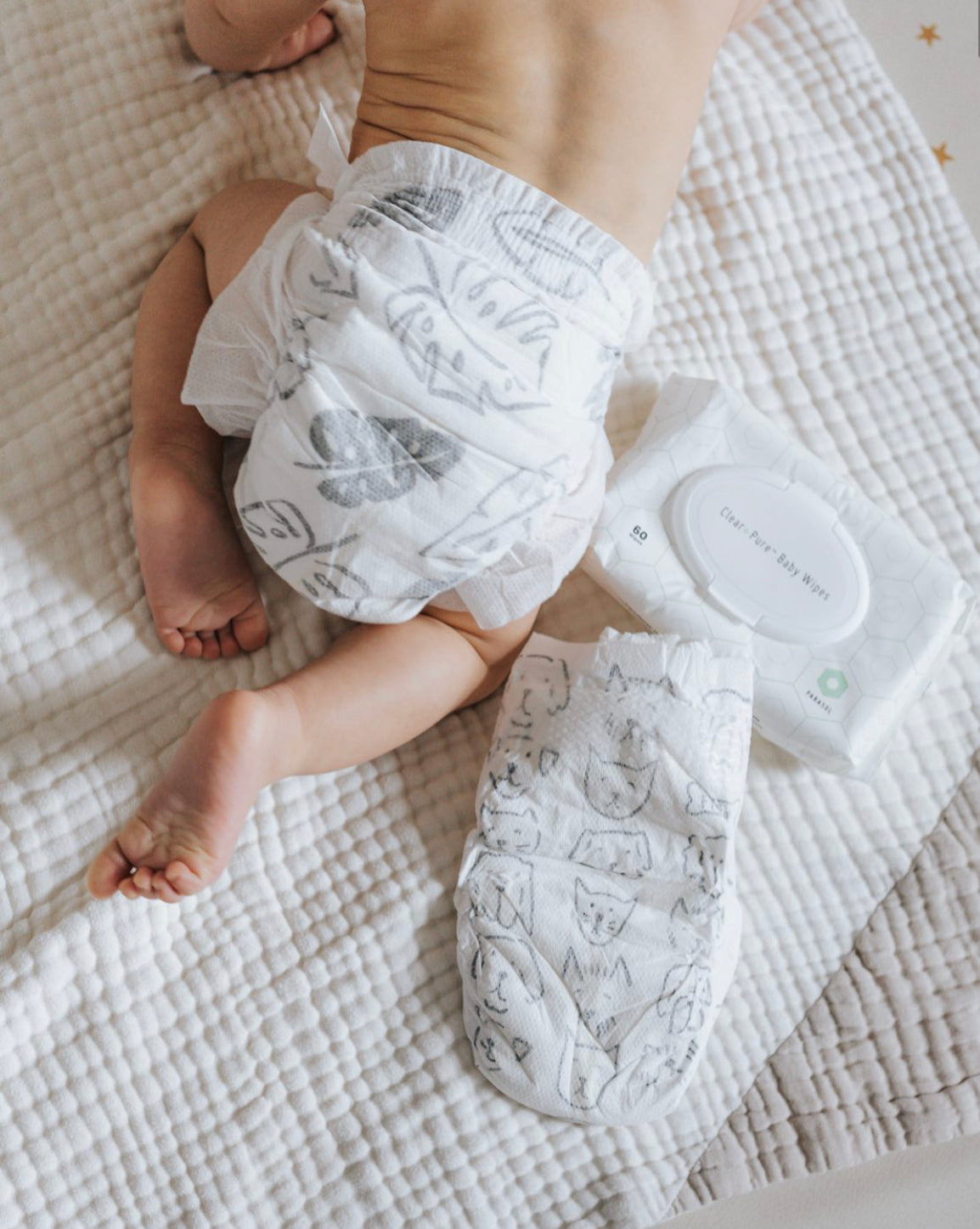
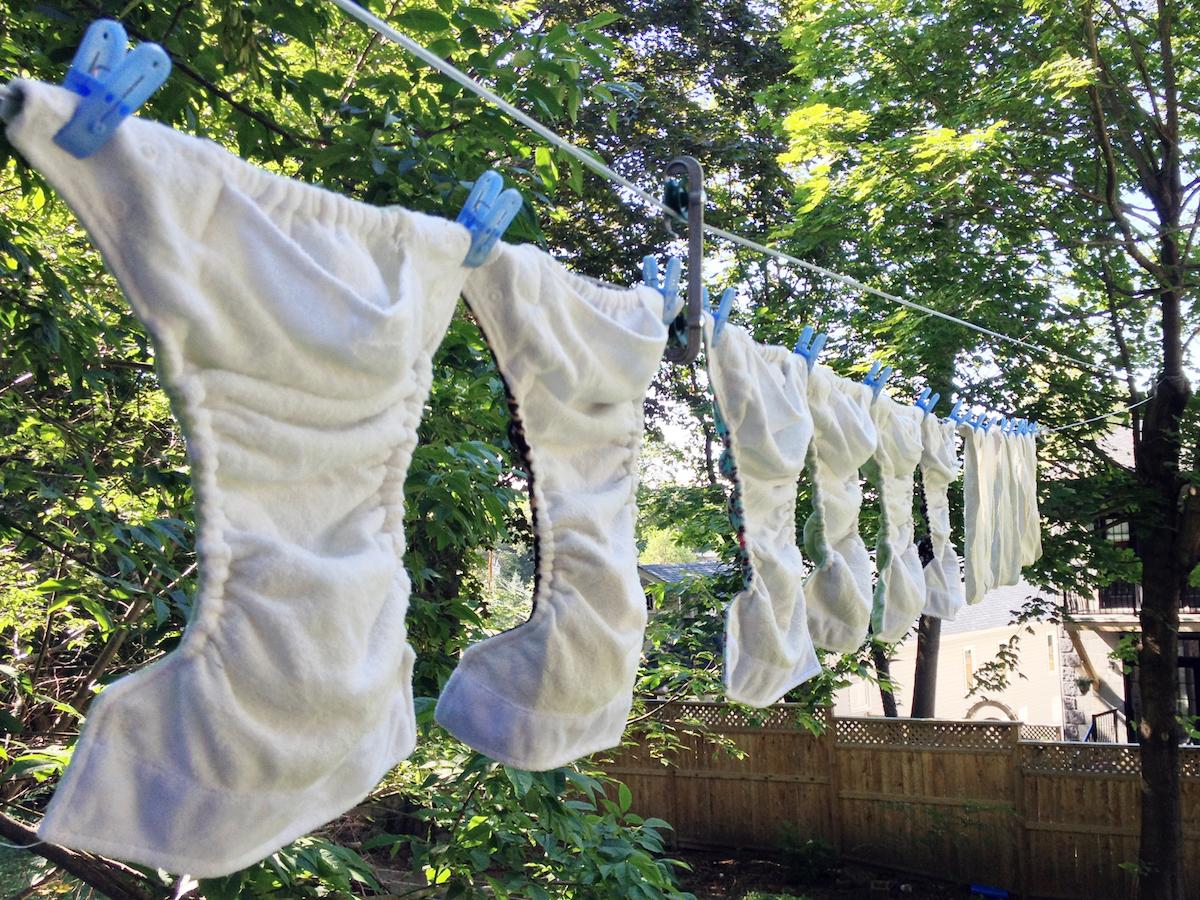
The Truth about Biodegradable Diapers
What abstract thinking
It is a pity, that now I can not express - it is very occupied. I will be released - I will necessarily express the opinion.
Bravo, this brilliant idea is necessary just by the way